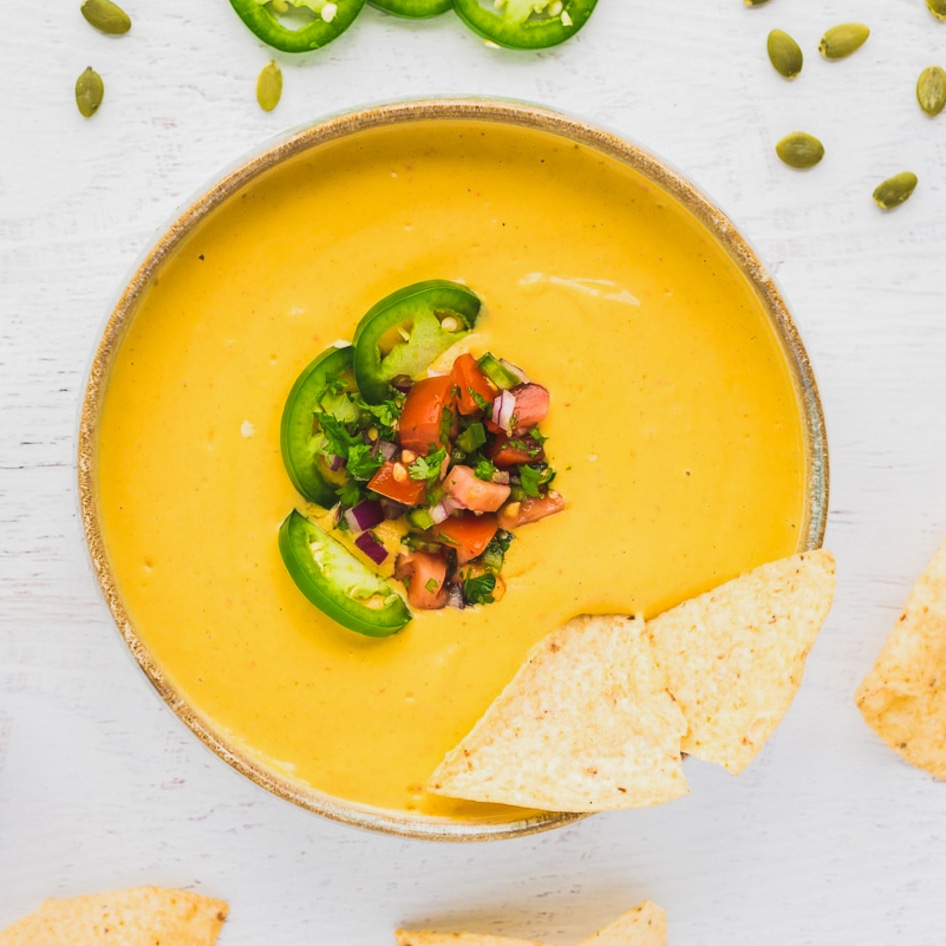Mastering Miso
Take your taste buds on a tour of the East with this umami-infused ingredient.
April 9, 2009
Think back for a moment to your early school days and your first lesson on the five senses. When the talk turned to flavors, you may remember discussing sweet, salty, sour, and bitter, but chances are “umami” wasn’t one of them. That’s because this “fifth flavor” didn’t arrive on the foodie radar until the 1980s, thanks to the work of industrious Japanese scientist Dr. Kikunae Ikeda. Umami is often described as a pleasant and savory taste that rounds out the flavors of foods. Still not sure if you’ve tasted it? Vegan-friendly umami-rich foods include kombu or kelp, shiitake mushrooms, green tea, and miracle-working miso.
The most common type of miso is a thick paste made from fermented soybeans, but you can also find rice, soy, and barley-based variations. Miso is often available in a Crayola-inspired assortment of colors from red to orange to white. Working your way through the spectrum, deep red miso tends to have the saltiest and strongest characteristics, while white miso imparts the sweetest and lightest flavors to your cooking.
Earning a black belt in miso mastery is not nearly as difficult as you might think. Just test the waters with a super-simple recipe, like miso soup. Start out with a kombu stock—you can either buy it pre-packaged or make your own by soaking a hunk of this superb sea vegetable in water for a few hours. Throw in whatever vegetables you have on hand. Seriously, anything from asparagus to zucchini will work, though personal favorites include Napa cabbage, daikon, and leek. Once the vegetables are cooked to your liking, mix in a few tablespoons of miso until you’re happy with the flavor. You’ll want to gradually add the paste and dissolve it into the soup as you go. A word of warning: Don’t let the soup boil once you’ve added the miso or its flavor will go funky (and not in a good way).
If you’re bored with the same-old humdrum vinaigrette, miso can also morph into a great salad dressing. Mix up a few tablespoons with a slightly smaller amount of vinegar and a dollop or two of spicy mustard and you’re good to go. You can experiment with different miso flavors, though the sweet and light flavor of rice-heavy Saikyo miso is my go-to gem.
Once you’ve got the hang of a few basic miso recipes and develop a sense of its rich and versatile character, you’ll be ready for some advanced techniques. Here’s a little-known fact: miso is not just for Asian cuisine. So when you’re making your next tomato sauce, risotto, or casserole, add in a tablespoon. It’ll give any dish the little kick it’s missing.
Umami may not have found its way into the kindergarten classroom yet, but there’s no reason it can’t become a regular fixture in your kitchen.
JUMP TO ... Latest News | Recipes | Guides | Health | Subscribe







